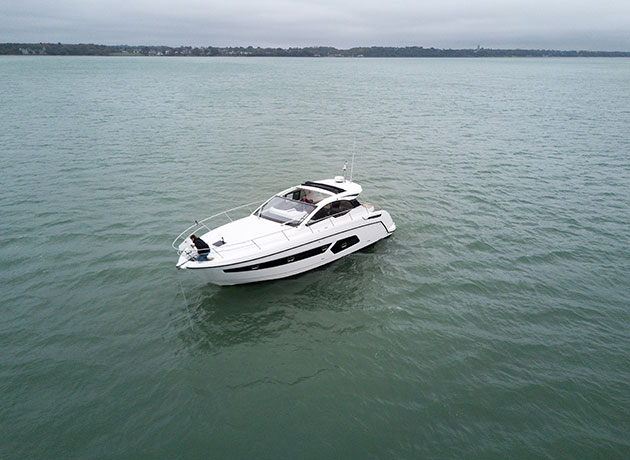It may not be a manoeuvre you need all that often but it’s one that you need to know about should the situation arise. Here’s our step-by-step guide.
Pile moorings are relatively rare these days but it’s important to know how to use them in places where there is no other option. In non-tidal areas posts are fitted with a metal hoop to tie to, but in tidal areas the posts have a riser bar with a hoop that slides up and down to prevent lines chafing.
If there is already a boat between the piles, rig your fenders at rafting height, come gently alongside, then ease back and forth using their lines to place your own lines through the hoops. If you are the first to arrive, you will need to do this unaided.
There are a couple of ways of doing this but in both cases you will need to balance the boat against the elements so that you can make a controlled approach. First arrange two free-running bow and stern lines long enough to thread the first one through one of the mooring hoops then either drop back or go forward so that you can thread the other one through the opposite pile’s hoop.
If you’re approaching both posts in line, motor slowly past the first one, close enough for your crew to thread the stern line through the riser bar and loop it back on board. Then, start paying out the line as you head towards the second post and repeat the process with your bow line.

VIDEO: How to – Pick up a mooring buoy
In this episode we guide you through the best techniques for picking up a mooring buoy

VIDEO: How To – Set Your Anchor
We guide you through the best techniques to ensure you are anchored safely and securely
This technique works well for craft with good directional stability and practised crew. However, if the helm can’t easily see the stern and crew, you can end up in a bit of a mess. That’s why I usually find it easier to nudge the bow towards the up-elements post first, then let the wind or tide take the boat back while easing out the bow line until your stern is almost touching or even going past the rear post.
Now you can make off the bow line to stop the boat going any further back and use one engine astern to bring the boat sideways towards the post, so your crew can thread the stern line through. The advantage of this is that you can see the crew and there is no danger of losing the bow on a gust of wind.
Once your bow and stern loops have been successfully attached, you can centre up the boat equidistant between the posts and relax.
If you’re staying for an extended period you’ll need to replace your looped lines with permanent lines to the rings. This is relatively simple now, as you can pull the boat fore and aft with the two looped lines to secure the permanent lines to the rings with a round turn and two half hitches, to prevent chafing, before bringing them back aboard to your cleats.






















